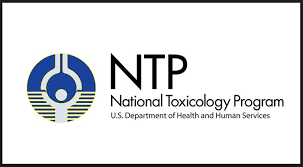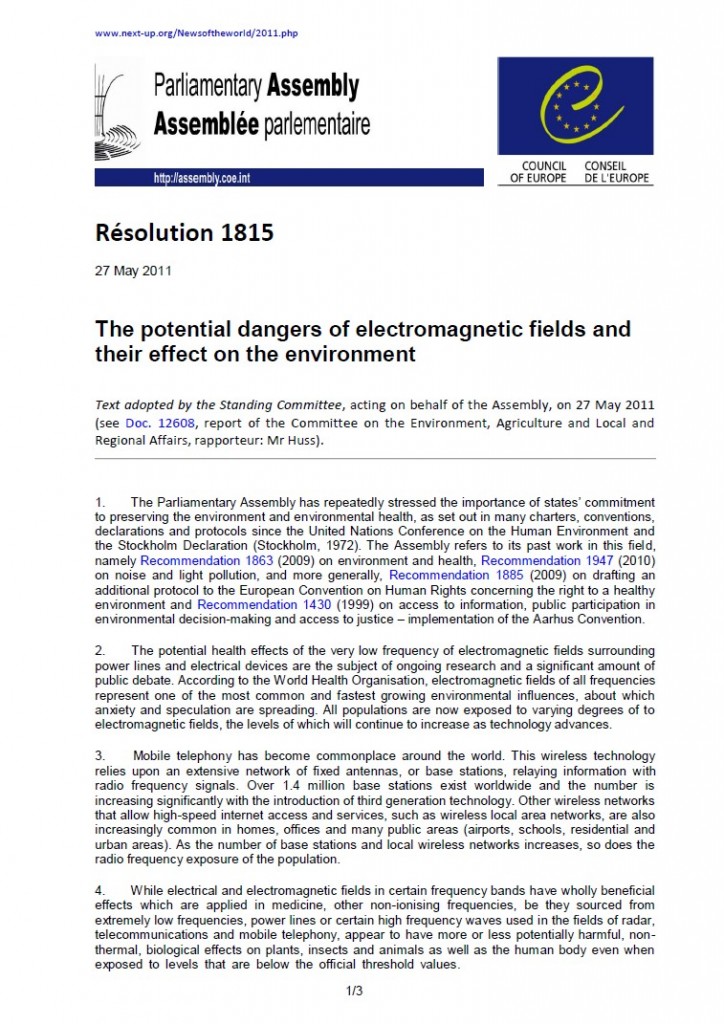Portada del sitio > Prensa > Can your cellphone cause cancer? Scientists find definitive link in study (...)

Can your cellphone cause cancer? Scientists find definitive link in study of rats.
Viernes 30 de marzo de 2018 · 1040 lecturas
Can your cellphone cause cancer? Scientists find definitive link in study of rats.
BY JOHN MURAWSKI
March 28, 2018 05:10 PM
Updated March 29, 2018 03:23 PM
RESEARCH TRIANGLE PARK
Cellphone radio-frequency waves can be decisively linked to cancer in rats, according to a national science panel meeting in Research Triangle Park on Wednesday. The scientists’ finding establishes the clearest connection of cellphone risk to humans in a major U.S. study to date.
The scientists made their announcement at the end of a three-day meeting to review a $25 million rodent experiment conducted by the National Toxicology Program in RTP for the U.S. Food and Drug Administration. The draft of the study, issued in early February, had established a weak link in some cases and no link in others, but the scientific advisory panel on Wednesday said the data is more compelling and indicates greater risk than initially acknowledged.
Wednesday’s decision is expected to change the debate over cellphone safety as the telecommunications industry, with encouragement from the Federal Communications Commission, prepares to roll out the next-generation high-speed 5G wireless technology. Public health activists predict the science panel’s conclusions of wireless risks will increase pressure on federal agencies to issue safety warnings and tighten safety standards of the ubiquitous electronic device.
"It should most likely lead to a reduction in exposure limits," said Ronald Melnick, the National Toxicology Program scientist who designed the study before he retired nine years ago. "This matters a lot because the agencies that will receive this data will make public health decisions based on this information."
Melnick said the health risks acknowledged Wednesday could compel public officials and telecom leaders "not to promote the use of some of these radio-frequency emitting devices for kids."
Just last month the draft report had been deemed inconclusive by the FDA and by the American Cancer Society, and the scientific panel was expected by the activists to rubber-stamp those conclusions in Wednesday’s meeting.
Before the scientists voted, Kevin Mottus, the outreach director of the California Brain Tumor Association, demanded from the floor that the entire panel recuse itself for lacking qualifications to assess radio-frequency data. Mottus later said that cellphones are comparable to asbestos and tobacco and should carry health warning labels.
But as the voting discussion got underway, the scientists began proposing motions to upgrade the level of the findings to state that prolonged radio-frequency exposure can be clearly linked to heart tissue cancer in male rats. The draft study had previously said there was some link but no clear evidence.
The heart tissue cancers were particularly significant because they are a rare form of cancer that rarely occurs in rats and could not be explained as random illnesses.
National Toxicology Program senior scientist John Bucher said the heart tissue cancer that developed in male rats is the same type of cancer that has been seen in some people who have used cellphones at the highest power settings for years.
"The fact that this tumor type was the same really drew our eye to it," Bucher said. "And also they were some of the strongest findings from a numerical standpoint."
The panelists also voted that the study shows some link between cellphone radiation and brain cancer in rats. The draft had said that link was equivocal, a scientific designation indicating it was inconclusive and arguably inconsequential.
In addition to showing an increase in cancers in rats, the study also showed that newborn rats weighed less and suffered higher death rates when living in a radio-frequency radiation chamber.
What’s next?
The FDA’s director of the office of science and engineering, Edward Margerrison, attended the meeting and warned afterwards against forming rash conclusions based on Wednesday’s votes. "We’re taking a responsible approach," he said. "We’re not gonna knee-jerk on anything."
Read more here: http://www.newsobserver.com/news/business/health-care/article207112454.html#storylink=cpy







